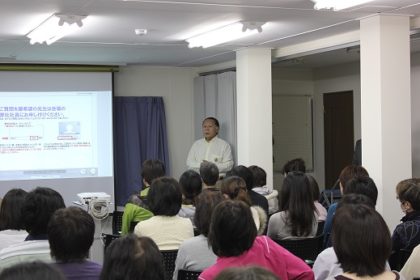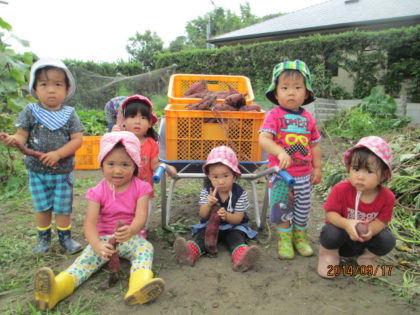Company Profile
| Name | Keishokai Medical Corporation |
|---|---|
| Adress | 1st Floor, 1599-1 Numa, Tateyama City, Chiba Prefecture |
| Contact | +81-470-25-7300 |
Branches
| Branche | Address |
|---|---|
| Akamon Orthopaedic Surgery & Internal Medicine |
1619 Numa, Tateyama City 294-0034 phone: +81-470-22-0008 |
| Akamon Care Plan Center | 1637-1 Numa, Tateyama City 294-0034 phone: +81-470-22-0023 |
| Nanohana Home-Visit Nursing Station |
1604-4 Numa, Tateyama City 294-0034 phone: +81-470-24-3113 |
| Home Help Service Nanohana | 1604-4 Numa, Tateyama City 294-0034 phone: +81-470-24-1226 |
| Long-Term Care Health Facility Nanohanakan Misaki |
110-1 Hamada, Tateyama City 294-0303 phone: +81-470-29-2700 |
| Long-Term Care Health Facility Nanohanakan Nagisa |
2832 Hojo, Tateyama City 294-0045 phone: +81-470-24-2700 |
| Tateyama Community General Support Center Nanohana |
1604 Numa, Tateyama City 294-0034 phone: +81-470-22-1350 |
| Tateyama Community General Support Center Ichigo |
237-3 Aburi, Tateyama City 294-0043 phone: +81-470-28-4115 |
| Akamon Childcare Room | 1637-2 Numa, Tateyama City 294-0034 phone: +81-470-30-8822 |
History
| Year | Event |
|---|---|
| 1888 |
|
| 1906 |
|
| 1935 |
|
| 1946 |
|
| 1953 |
|
| 1971 |
|
| 1988 |
|
| 1995 |
|
| 1997 |
|
| 1998 |
|
| 1999 |
|
| 2000 |
|
| 2003 |
|
| 2006 |
|
| 2007 |
|
| 2009 |
|
| 2013 |
|
| 2014 |
|
Working environment
Education
Swedish Training
Invited experts from the advanced care-giving nations of northern Europe come to observe our facilities and give lectures to our employees. Likewise, we send employees there as well, all to improve the quality of our care.

Long-Term Care Helper Training Program
(As of 2013, Long-Term Care Specialist Beginner Training)
The Keishokai group believes in cultivating care providers, not just workers. Through our Long-Term Care Helper Training Program, we have produced such human resources in great numbers.
Akamon Childcare Room
For our working employees, the child daycare center provides a fun and safe home-like atmosphere where each child’s needs are met with special attention paid to individuality and concern for others.
Inter-Generational Exchange
We have created an environment that fosters concern for others through frequent opportunities to interact with the people using our care-giving services.

